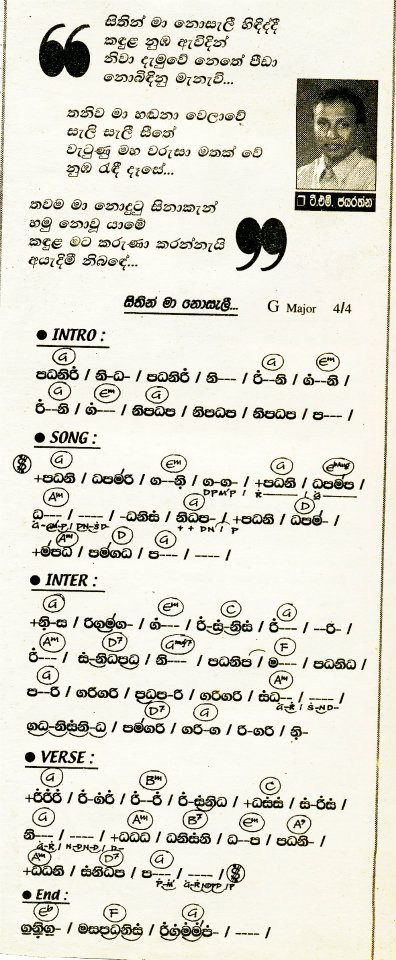


For example, the now-standard tuning pitch for most Western music, 440 Hz, is named a′ or A 4. There are two formal systems to define each note and octave, the Helmholtz pitch notation and the scientific pitch notation.įrequency vs position on treble clef. Each note shown has a frequency of the previous note multiplied by 12√ 2Īdditional accidentals are the double-sharp, raising the frequency by two semitones, and double-flat, lowering it by that amount. In musical notation, accidentals are placed before the note symbols. Systematic alterations to the seven lettered pitches in the scale can be indicated by placing the symbols in the key signature, which then apply implicitly to all occurrences of corresponding notes. Explicitly noted accidentals can be used to override this effect for the remainder of a bar. A special accidental, the natural symbol ♮, is used to indicate a pitch unmodified by the alterations in the key signature.

Effects of key signature and local accidentals do not accumulate. If the key signature indicates G ♯, a local flat before a G makes it G ♭ (not G ♮), though often this type of rare accidental is expressed as a natural, followed by a flat ( ♮ ♭) to make this clear. Likewise (and more commonly), a double sharp sign on a key signature with a single sharp ♯ indicates only a double sharp, not a triple sharp.Īssuming enharmonicity, many accidentals will create equivalences between pitches that are written differently. For instance, raising the note B to B ♯ is equal to the note C. Assuming all such equivalences, the complete chromatic scale adds five additional pitch classes to the original seven lettered notes for a total of 12 (the 13th note completing the octave), each separated by a half-step.


 0 kommentar(er)
0 kommentar(er)
